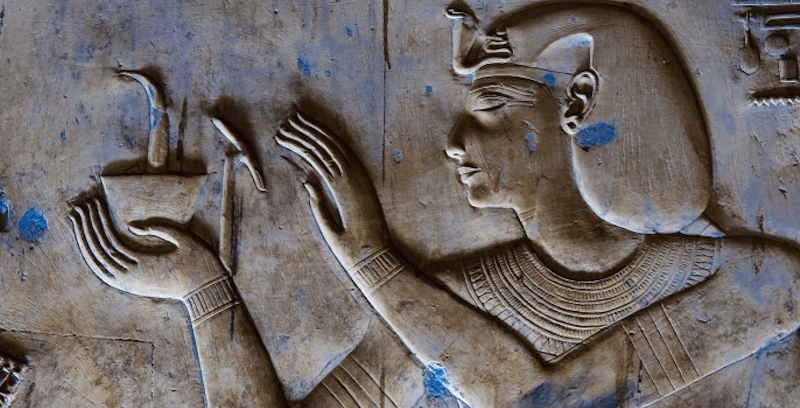Shopping Bag 0 items
YOUR CART IS EMPTY
YOUR CART IS EMPTY

Today we use science and technology to optimize our personal care products, but skincare and cosmetics have been around for thousands of years, with the earliest products coming from nature…and chemistry. The history of skincare is important to understanding how we got to where we are today.
Ancient Egyptians were the first known culture to use cosmetics, as far back as 6,000 years ago, which they believed to have healing powers. Gemstones were ground up and put around the eyes, lips were dyed and kohl was used as eyeliner. But far from the clean, healthy products we make at Silk Therapeutics, some of the Egyptians’ early products were downright harmful. For example, a 2010 study published in the journal Analytical Chemistry and announced by the American Chemical Society analyzed cosmetic samples preserved at the Louvre and found they contained four lead-based compounds. Ironically, researchers concluded that the iron, which has antibacterial properties, may have been used to prevent or treat eye disease in ancient Egypt. Lead is, however, a known neurotoxin.
Anti-wrinkle treatments were seen as far back as the 15th century BCE. Ingredients at the time included gum of frankincense, used as a facemask and fresh moringa. During the Middle Ages in Europe, it was considered aristocratic to have fair skin. Because of this, many used white lead paint, which often contained arsenic. Queen Elizabeth I of England was one such proponent of the product, calling it her “Mask of Youth.”
Cosmetics weren’t a major part of American culture until the early 20th century. Until this period, they were primarily used by stage actors and dancers. In 1910, Max Factor created the first makeup designed for actors in motion pictures, and non-actors began shopping at the store, legitimizing its use by everyday consumers. In the 1920s, he began marketing his cosmetics to consumers. The 20s also brought the use of parabens, now suspected to disrupt reproductive hormones, as a preservative for cosmetics.
By the Second World War cosmetics were common, but supplies were diverted because of the war efforts. Some women resorted to ‘DIY’ products, such as shoe polish to color their eyebrows and rose petals soaked in alcohol for liquid blush. Because of war shortages, much of the early experimentation in cosmetics occurred post-war to keep up with the high demand. This was also when companies began to define themselves as luxury brands.
In the 1970’s, consumers began to be more aware of the chemical composition of products, leading to a rise in hypoallergenic skincare. Science and technology also allowed for higher quality and longer lasting use.
Skincare and cosmetics are constantly evolving even in this day and age. Today, science and technology play an integral role in the development of cosmetics and skincare products, and can maximize the impact of ingredients; but the industry’s safety record is as fraught today as it was in ancient Egypt.
Fortunately, our knowledge of the health effects of chemicals has evolved substantially, as well as access to information. At Silk Therapeutics, we encourage consumers to seek out information on the ingredients in personal care products, and we’re proud to offer clean, effective and healthful products that use science to harness the power of real silk proteins for the first time.